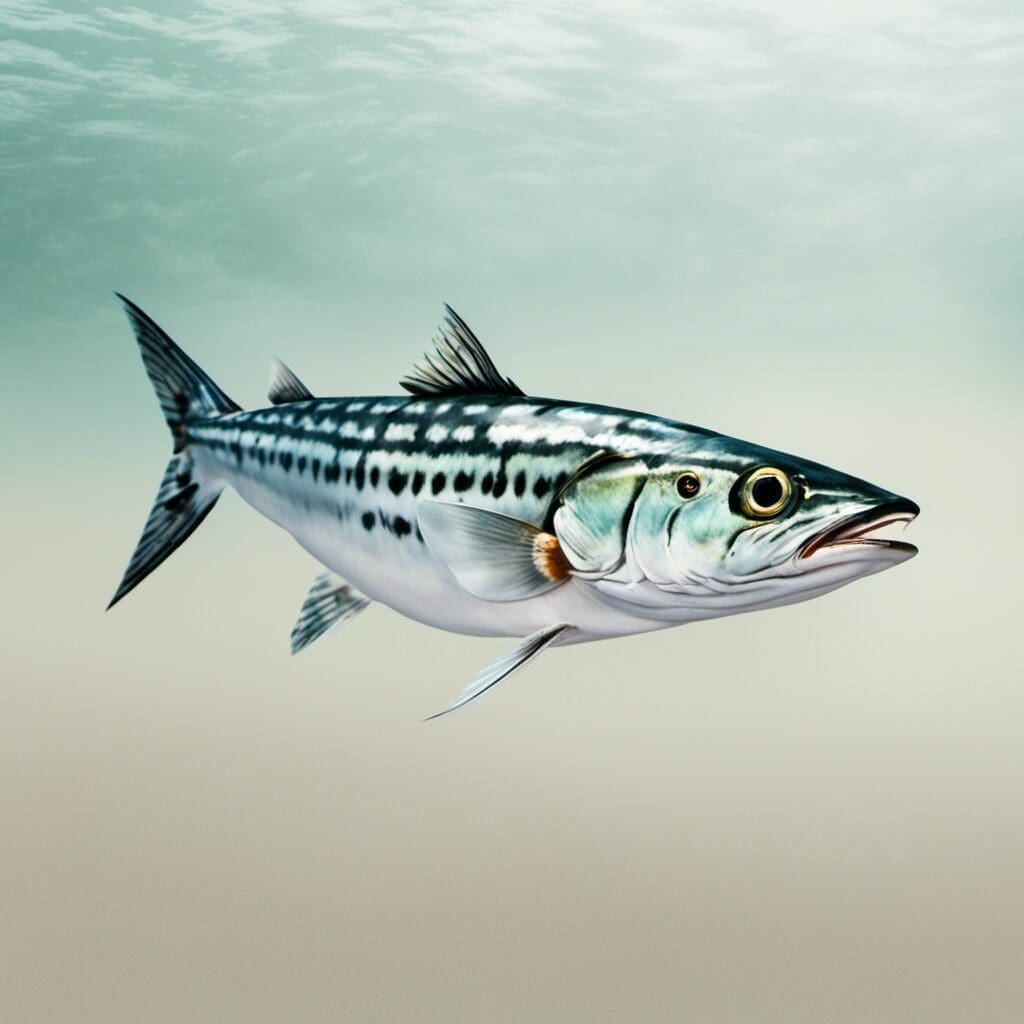Introduction
The Narrow-Barred Spanish Mackerel (Scomberomorus commerson) is a species of marine fish that belongs to the mackerel family, Scombridae. Renowned for its speed and high-quality flesh, this species is popular among recreational and commercial fishermen across its distribution range.
Conservation Status
The Narrow-Barred Spanish Mackerel is currently listed as Least Concern on the conservation scale due to its wide distribution, high population densities, and regulated fishing pressures. Conservation efforts are mainly focused on maintaining sustainable catch levels and preventing overfishing.
Statistics
| Statistic | Average | Range |
|---|---|---|
| Length | 1.5 m | 0.5 – 2.4 m |
| Weight | 25 kg | 4 – 40 kg |
| Lifespan | – | Up to 18 years |
Distribution
The Narrow-Barred Spanish Mackerel is found in tropical and subtropical waters of the Indian and Pacific Oceans. This includes coastal areas of east Africa, Southeast Asia, Northern Australia, and the Persian Gulf. The species is a pelagic-predator, with individuals often undertaking extensive migrations in response to changes in sea temperature and prey availability.
Habitats
- Water type: Saltwater
- Depth range: 15-200 meters
- Temperature range: 22-30°C
When and Where to See
The best time to see the Narrow-Barred Spanish Mackerel is during their peak fishing season, typically from April to November. They are most active during the early morning and late afternoon periods, and are most frequently sighted near reefs, rocky outcrops, and areas with strong currents.
Best Fishing Locations
While the Spanish Mackerel can be found in several countries worldwide, some of the most popular fishing spots include:
- Gulf of Oman
- Northern Territory, Australia
- Indian Ocean, off the west coast of Thailand
- Persian Gulf
- South China Sea
- Andaman Sea, off the coast of Myanmar
- Western Pacific Ocean, near the Philippines
- Eastern Indian Ocean, near Indonesia
- Bay of Bengal
- Arabian Sea
How to Catch
- Preferred bait or lures: live bait such as mackerel, sardines, or squid; trolling lures; or soft plastics
- Fishing techniques: trolling, casting and retrieve, or live bait fishing
- Best time for fishing: early morning or late afternoon during peak season
Identification Guide
The Narrow-Barred Spanish Mackerel has a distinctive, elongated body that is chrome blue on the surface and fades to a silver underbelly. It has narrow, oblique stripes on the upper body and a row of small, sharp teeth. Size and color can help to distinguish it from similar species like the wahoo or Atlantic mackerel.
Culinary Usage
Narrow-Barred Spanish Mackerel is popular in a variety of culinary preparations due to its robust flavor, high protein content, and minimal bones. It is often grilled, pan-fried, smoked, or used in sushi and sashimi. Nutritionally, it is a good source of Omega-3 fatty acids, vitamin D, and selenium.
Additional Information
Narrow-Barred Spanish Mackerels follow a schooling behavior and are known to feed on smaller fish such as sardines and anchovies. They spawn throughout the year with peaks observed during March to September. Predators include larger pelagic fish species like sharks and billfish.
References and Further Reading
For more detailed information, check out these additional resources:
- FishBase
- Australian Museum

